Have you ever felt that mix of excitement and panic when thinking about moving to another country? If you’re considering taking that big step, let me tell you that the process of applying for legal residency is like putting together a puzzle: it can seem overwhelming at first, but with the right pieces and a clear plan, everything fits together perfectly.
Understanding the landscape: Why is it so important to do it right?
Imagine this: you’ve sold your belongings, said goodbye to family and friends, and arrive full of hope at your destination country… only to discover that a crucial document is missing and you can’t complete your immigration process. What a nightmare!
Legal residency is not just another paper; it’s literally your key to opening doors in your new home. Without it, you could face everything from employment limitations to inability to access basic services, and even deportation.
Phase 1: Research and preparation (before packing your bags)
Knowing your options: The first step of the journey
Before diving into forms and requirements, you need to identify under which category you can apply for residency. It’s like choosing the right vehicle for your trip: some are faster, others safer, but they all take you to the same destination.
Common residency categories:
- Family (reunification with spouse, children, parents)
- Work (with job offer)
- Student (for educational programs)
- Investment (contributing capital or buying property)
- Retiree/Income earner (with stable income from abroad)
- Refugee/Humanitarian (for protection reasons)
Expert advice: Don’t limit yourself to researching on official websites. Expat forums and social media groups can give you incredibly valuable practical information about which residency category is most favorable according to your personal situation.
Documentation: Your arsenal for the bureaucratic battle
Once you’ve identified the appropriate category, you need to gather your documents. Think of them as tools in a survival kit: each one serves a specific and vital function.
Basic documents you’ll almost always need:
- Valid passport (with at least 6 months validity)
- Birth certificate
- Criminal background check
- Financial proof
- Medical insurance
- Passport-type photos
- Country-specific application forms
Real story: A professional applied for residency in Canada and discovered that her birth certificate wasn’t accepted because it wasn’t apostilled. She had to request a new document from her country of origin, which delayed her process three months. The lesson: verify if your documents need apostille or consular legalization in advance.
Legalization and translation: The universal language of bureaucracy
Most countries require that your documents go through an international validation process and be officially translated.
Watch out for this! The Hague Apostille is recognized in over 100 countries, but if your origin or destination country isn’t part of this convention, you’ll need consular legalization, a generally longer and more expensive process.
| Document | Type of validation | Approximate time |
| Birth certificate | Apostille/Legalization | 2-4 weeks |
| Criminal background | Apostille/Legalization | 2-3 weeks |
| Educational degrees | Apostille + Homologation | 2-6 months |
| Medical certificates | Generally no apostille | 1-2 weeks |
Trade trick: Many official translators charge per page. When possible, request concise versions of your documents to reduce translation costs.
Phase 2: The formal application (the moment of truth)
Choosing between applying from abroad or while already in the country
Depending on the country and your situation, you’ll be able to apply for residency from your place of origin (through the consulate) or while already in the destination country (often with a tourist or student visa).
Advantages of applying from abroad:
- Greater legal security
- Entry to the country with legal status already defined
- Lower risk of rejection due to technicalities
Advantages of applying while already in the country:
- Possibility to respond quickly to any additional requirement
- Ease of in-person follow-up
- Cultural adaptation simultaneous to the legal process
Important fact: Some countries like Portugal allow applying for residency while as a tourist, while Canada generally requires you to start the process from your country. Carefully research the specific rules of your destination.
Completing forms: The art of precision
Filling out immigration forms is like preparing a gourmet recipe: one wrong ingredient can ruin the entire dish.
Tips for impeccable forms:
- Use exactly the same name and data that appears on your passport
- Answer all questions (mark “N/A” where it doesn’t apply, never leave blank spaces)
- Be absolutely honest (inconsistencies are the #1 reason for rejection)
- Review everything three times before submitting
Shared experience: An Australia visa applicant filled out a form incorrectly indicating that he had never visited the country, when in reality he had been there as a tourist five years earlier. His application was rejected for “false information” and he had to wait 12 months to apply again.
The immigration interview: Your moment to shine
Many residency processes include a personal interview. It’s like an important first date: first impression counts a lot.
Interview preparation:
- Know your own file thoroughly
- Prepare answers for questions about your motivation to reside in the country
- Bring additional supporting documentation (even if they haven’t asked for it)
- Dress formally and arrive early
Practical advice: Practice the interview with a friend. Many questions are predictable: Why do you want to live here? What are your long-term plans? How will you support yourself financially?
Phase 3: After the application (strategic waiting)
Process follow-up: Active vigilance without being annoying
Once you’ve submitted your application, begins a phase that can be distressing: the wait. It’s like when you send an important message and see the two check marks but no response.
Effective follow-up strategies:
- Register your application in online tracking systems (if available)
- Document all communication with references and dates
- Set reminders for periodic follow-ups
- Use official inquiry channels
Professional trick: Many immigration offices have specific days and hours with lower workload. In Australia, for example, calling early in the morning on a Tuesday or Wednesday usually results in shorter wait times and more detailed attention.
Responding to additional requests: Speed matters
It’s common for immigration authorities to request additional documents or information during the process. Responding quickly and correctly can be the difference between approval and rejection.
How to handle additional requests:
- Set up alerts in your email so you don’t miss important notifications
- Keep digital copies of all your documents to send them quickly
- Consider having a local agent who can respond on your behalf if you’re in another country
Illustrative story: A New Zealand residency applicant received a request for additional information with 20 days to respond. He was on vacation and didn’t check his email until after the deadline. His application was archived and he had to start over, losing the initial application fee.
Phase 4: Approval and first steps (welcome to your new life!)
Receiving the good news: Now what?
Congratulations! Your residency has been approved. But the process doesn’t end here. It’s like getting the keys to your new house: now you need to furnish it and make it functional.
First steps as a resident:
- Obtain your resident card/identity document
- Register with local authorities when necessary
- Open a local bank account
- Enroll in the health system
- Get local driver’s license (if applicable)
Valuable fact: In countries like Germany, the “Anmeldung” (residence registration) must be done within the first two weeks of arrival. Without this registration, you won’t be able to open a bank account or sign important contracts.
Understanding your rights and obligations: The good resident manual
Each type of residency comes with a specific set of rights and limitations you must know.
Key aspects to verify:
- Duration of your permit and renewal process
- Right to work (and any restrictions)
- Access to public services and social security
- Possibility of bringing family members
- Path to permanent residency or citizenship
Expert advice: Create a calendar with reminders to start renewals in advance. Many permits must be renewed between 30 and 90 days before expiration. Missing these dates can mean starting the entire process from scratch.
The human factor: What official manuals don’t tell you
Cultural adaptation: The other unwritten paperwork
While you navigate the bureaucratic maze, don’t forget that true success in your residency includes integrating into your new community.
Successful integration strategies:
- Learn the local language (even if it’s not strictly necessary)
- Participate in community events
- Familiarize yourself with unwritten social norms
- Build a support network (both locals and other expats)
Lesson learned: A professional with residency in Japan perfectly mastered the language and all legal procedures, but had difficulties because he was unaware of the subtleties of Japanese work culture. The learning: integration goes far beyond papers.
Maintaining ties with your country of origin: The perfect balance
Establishing yourself in a new country doesn’t mean cutting ties with your roots. In fact, maintaining certain ties can be crucial both emotionally and practically.
Aspects to consider:
- Tax obligations in your country of origin
- Validity and renewal of national documents
- Properties or investments you maintain
- Electoral or civil rights you can continue exercising
Practical recommendation: Designate a legal representative in your country (usually a close family member with a notarial power of attorney) who can manage affairs in your absence. This can save you expensive trips for simple procedures.
Common mistakes and how to avoid them: Learning from others
The “I’ll figure it out when I get there” syndrome
One of the most serious mistakes is thinking you can improvise the immigration process. Preparation is absolutely crucial.
Real example: A professional arrived in Canada thinking he could easily convert his tourist visa to a work permit once he found employment. He was unaware that Canada generally requires work permits to be applied for from the country of origin. He had to return, losing job opportunities and money on flights and accommodation.
Underestimating time and costs: The realistic budget
Immigration processes almost always take more time and resources than initially calculated.
Practical rule: Multiply your initial time estimate by 1.5 and your budget for the process by 2. Even if you don’t use these additional resources, the peace of mind that having that cushion will give you is priceless.
Your new life begins today: Beyond the papers
Obtaining legal residency is an important achievement, but it’s only the beginning of your adventure. Think of it as the entrance ticket to a theme park: it lets you in, but the experience depends on you.
Your success as a foreign resident will depend not only on meeting legal requirements, but on your ability to adapt, grow and contribute positively to your new community.
Are you ready to start this transformative journey? With adequate information, detailed planning and the right mindset, the path to your new life can be as enriching as the destination itself.
Remember: every completed form, every translated document, every day of waiting brings you closer to your goal. Your future home awaits you!
- October 8th, 2025

